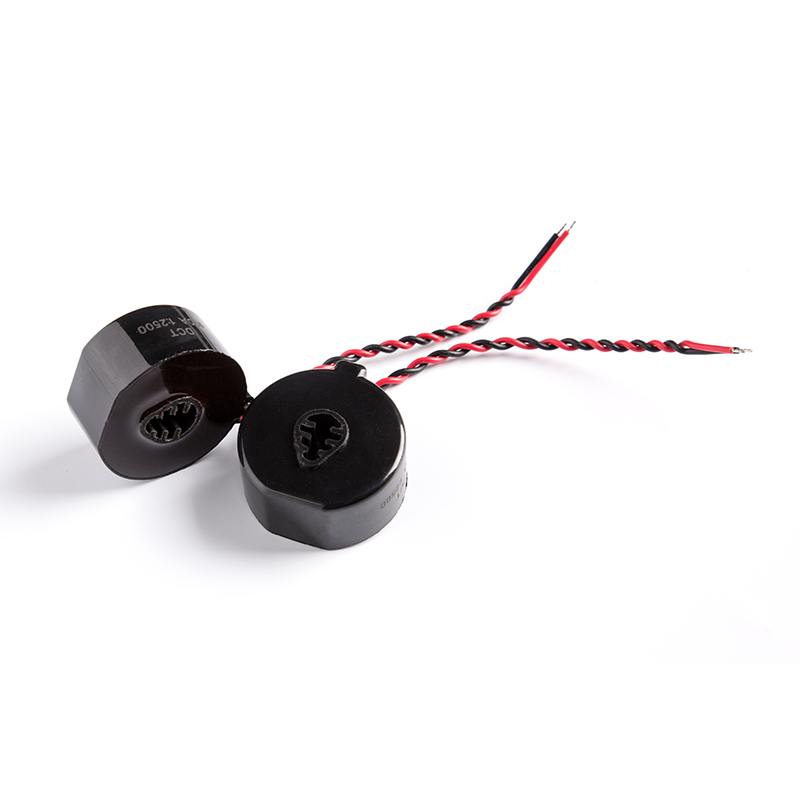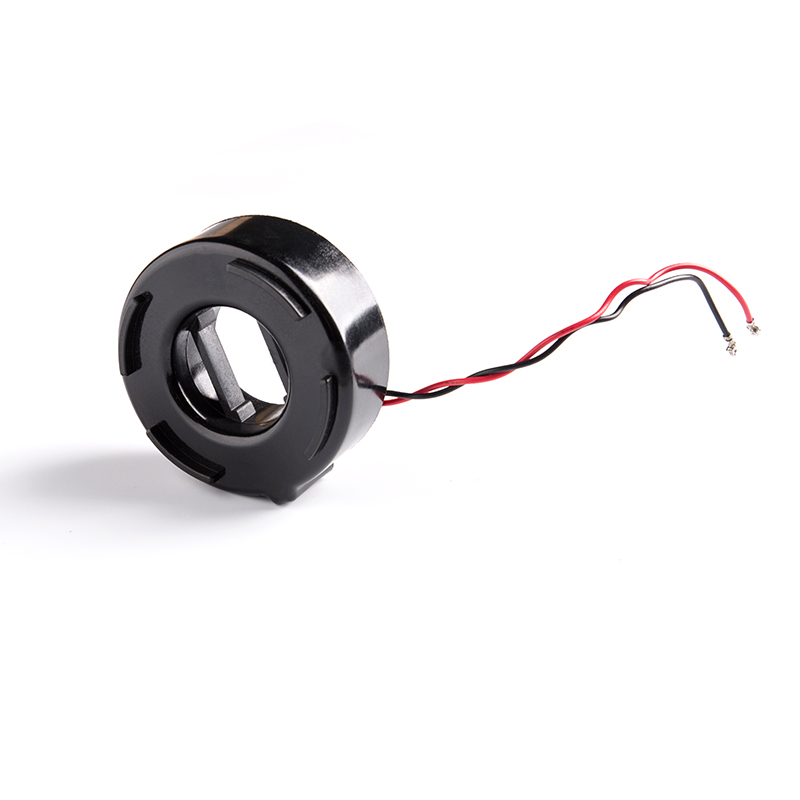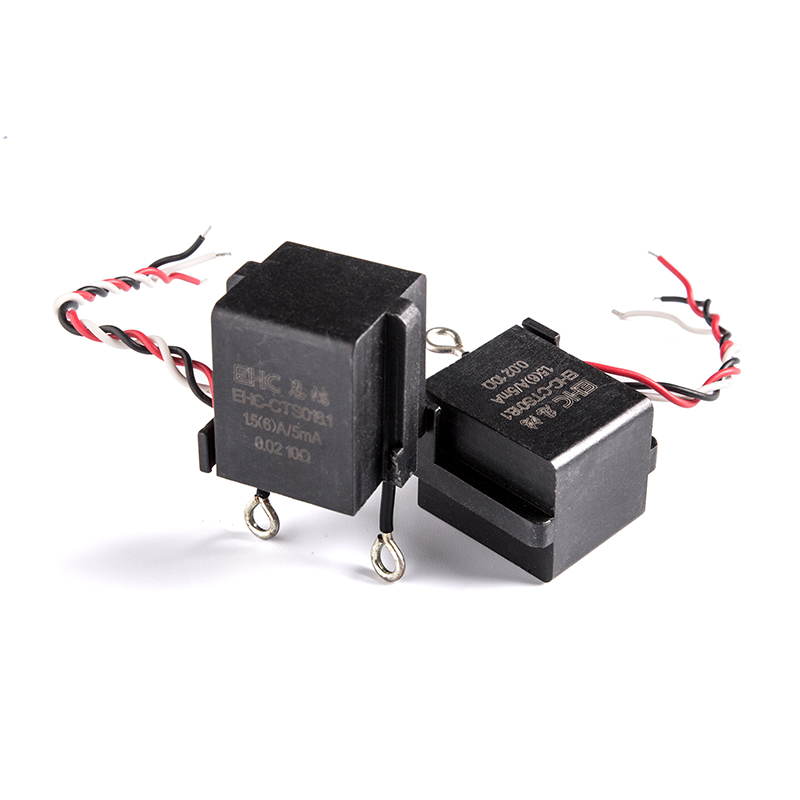Magnetic cores play a crucial role in the performance of electronic devices, particularly in applications involving transformers, inductors, and other magnetic components. These cores, typically made from materials with high magnetic permeability, such as iron, ferrite, or powdered metal alloys, serve to concentrate and guide magnetic flux within the device, influencing its electrical characteristics and overall functionality. The impact of magnetic cores on electronic device performance is multifaceted, encompassing aspects such as magnetic flux density, inductance, core losses, and electromagnetic interference. Understanding the role of magnetic cores is essential for optimizing the design and operation of electronic devices across various industries and applications.
Magnetic Flux Concentration and Inductance
One of the primary functions of a magnetic core in electronic devices is to concentrate magnetic flux, thereby enhancing the inductance and magnetic field strength within the device. When a coil or winding is wound around a magnetic core, the core material serves to confine and channel the magnetic field generated by the current flowing through the coil. This concentration of magnetic flux increases the inductance of the device, allowing for efficient energy storage and transfer in applications such as transformers and inductors. By effectively managing magnetic flux, the core contributes to the overall performance and functionality of the electronic device, influencing parameters such as impedance, voltage regulation, and energy efficiency.
Core Losses and Efficiency
The magnetic core material used in electronic devices can exhibit inherent losses when subjected to alternating magnetic fields, leading to energy dissipation in the form of heat. These core losses, often categorized as hysteresis losses and eddy current losses, can impact the efficiency and thermal behavior of the device. Hysteresis losses result from the cyclic magnetization and demagnetization of the core material, leading to energy dissipation due to magnetic domain reorientation. Eddy current losses, on the other hand, arise from the induction of circulating currents within the core material when exposed to changing magnetic fields. Minimizing core losses is essential for optimizing the efficiency and performance of electronic devices, particularly in power conversion and magnetic components where energy conversion and thermal management are critical considerations.
Electromagnetic Interference (EMI) Mitigation
In electronic devices, the presence of magnetic cores can influence electromagnetic interference (EMI) characteristics, affecting both the emission and susceptibility of the device to electromagnetic noise. By confining and guiding magnetic flux, the core can help contain the electromagnetic fields generated by the device, reducing the potential for EMI emissions that could interfere with other nearby electronic systems. Additionally, in applications where EMI susceptibility is a concern, such as sensitive electronic circuits or communication equipment, the proper selection and design of magnetic cores can help mitigate the impact of external electromagnetic disturbances, enhancing the device's immunity to interference and improving its overall electromagnetic compatibility.
Frequency Response and Bandwidth
The choice of magnetic core material and geometry can significantly influence the frequency response and bandwidth of electronic devices, particularly in high-frequency and radio frequency (RF) applications. Different core materials exhibit distinct magnetic properties and frequency-dependent behaviors, impacting parameters such as permeability, saturation flux density, and magnetic losses at elevated frequencies. By selecting appropriate core materials and configurations, designers can tailor the frequency response and operating bandwidth of magnetic components to meet the requirements of specific applications, such as RF filters, antennas, and communication systems. Optimizing the magnetic core design for frequency-dependent performance is essential for achieving desired signal integrity, transmission efficiency, and spectral characteristics in electronic devices operating across a range of frequencies.

 English
English 中文简体
中文简体 Deutsch
Deutsch 日本語
日本語

 View More >>
View More >> View More >>
View More >> View More >>
View More >> View More >>
View More >> View More >>
View More >> View More >>
View More >> View More >>
View More >> View More >>
View More >>